Tandoori spice mix is a blend of spices that creates the signature flavor and vibrant red color of tandoori dishes. The core ingredients typically include:
- Cumin: Earthy warmth and backbone of the blend
- Coriander: Citrusy, slightly sweet note balancing heavier flavors
- Paprika: Provides iconic red color and mild sweet heat
- Kashmiri Chili Powder: Rich red hue without overwhelming spiciness
- Ginger & Garlic Powder: Aromatic punch for depth and zing
- Black Pepper: Adds kick and enhances bioavailability of other spices
- Fenugreek: Slightly bitter, nutty flavor rounding out the profile
- Salt: Enhances all other flavors (often omitted in pre-mixed versions)
- Yogurt-friendly Acidifiers: Dried mango powder (amchur) or lemon zest for tanginess
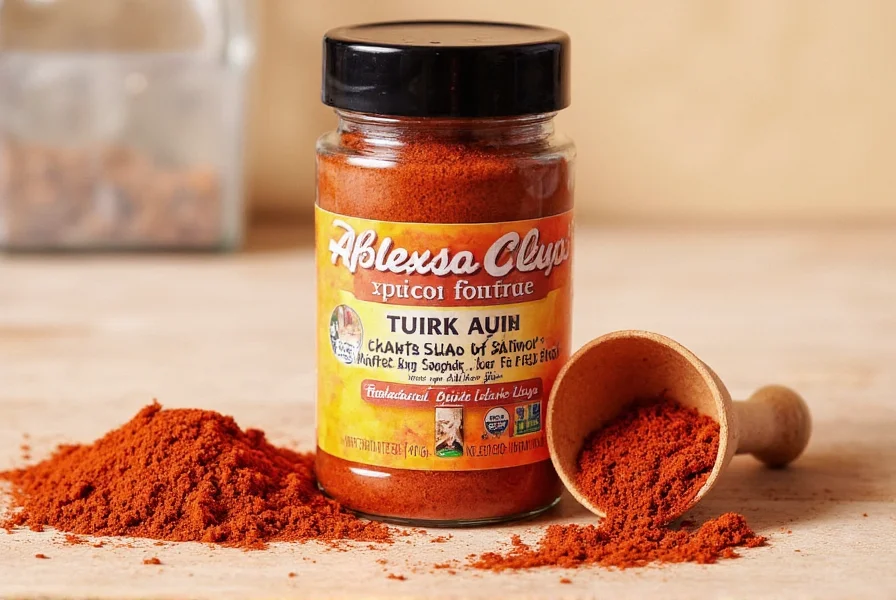
Table of Contents
- Historical Evolution: How Tandoori Spice Developed
- Comparison Table: Top 5 Tandoori Spice Brands
- How to Use Tandoori Spice Mix Like a Pro
- Critical Context Boundaries for Optimal Results
- Buying Guide: Choosing the Best Tandoori Spice Mix
- DIY Time: How to Make Your Own Tandoori Spice Mix at Home
- Frequently Asked Questions About Tandoori Spice Mix
- Conclusion
Historical Evolution: How Tandoori Spice Developed
The modern tandoori spice profile emerged from centuries of culinary adaptation. While tandoor ovens have been used across South Asia since the Harappan civilization (2500 BCE), the signature red spice blend is surprisingly modern. Chili peppers—essential for the vibrant color—only reached India via Portuguese traders in the 16th century, replacing traditional heat sources like black pepper. Kashmiri chilies gained prominence in the 1940s when Kundan Lal Gujral of Delhi's Moti Mahal restaurant created his iconic tandoori chicken, specifically selecting these chilies for their vivid hue and moderate heat. Commercial spice blends then standardized these regional variations for global kitchens.
This evolution is documented in culinary history archives, with BBC Food noting how restaurant innovation transformed street food into an international phenomenon. The shift from localized recipes to consistent commercial blends accelerated after 1947, driven by India's restaurant boom and diaspora communities.
Source: BBC: The complex origins of butter chicken and tandoori
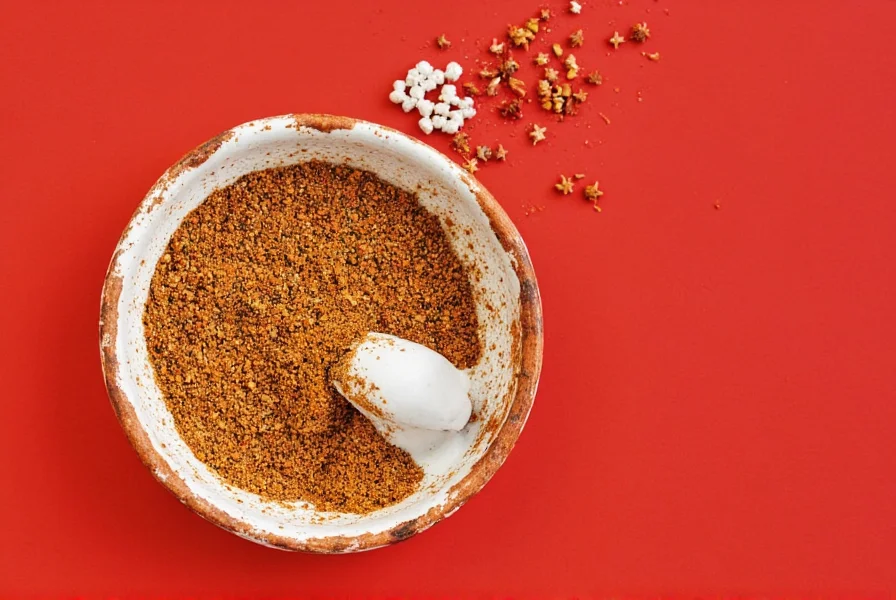
Comparison Table: Top 5 Tandoori Spice Brands
| Brand | Flavor Profile | Heat Level | Key Spices | Best For | Price Range |
|---|---|---|---|---|---|
| Mrs. Dash Tandoori Blend | Herb-forward, less spicy | Low | Cumin, coriander, garlic, onion, paprika | Beginners or milder palates | $ |
| MDH Tandoori Masala | Rich, traditional North Indian taste | Medium | Kashmiri chili, cumin, coriander, salt | Authentic marinades, tandoor cooking | $$ |
| Everest Tandoori Masala | Earthy with a slight tang | Medium-high | Fenugreek, amchur, cardamom | Barbecue, kebabs, roasted veggies | $$ |
| Spice Garden Tandoori Mix | Smoky and bold | High | Paprika, chili, black pepper, smoked cumin | Grilling enthusiasts, high-heat cooking | $$$ |
| Vasant Masale Tandoori Masala | Well-balanced, aromatic | Medium | Coriander, cumin, turmeric, clove | All-purpose, especially curries and rice dishes | $$ |
How to Use Tandoori Spice Mix Like a Pro
- Marinate Generously: Whether it's chicken, paneer, or even cauliflower, a good 4–8 hour marinade lets the spices penetrate deeply.
- Add Yogurt or Lemon Juice: These acidic ingredients activate the spices and tenderize proteins — don't skip them!
- Use Oil or Ghee: A touch of oil helps release the volatile oils in the spices, enhancing their aroma.
- Preheat Your Oven or Grill: To mimic the intense heat of a tandoor oven, crank your oven to at least 450°F (230°C) or use a hot grill pan.
- Baste with Butter: During the last few minutes of cooking, baste with melted butter or ghee for that restaurant-style shine and richness.
- Pair With Cooling Sides: Think raita, mint chutney, or cucumber salad to balance the heat and texture.
- Don't Over-Salt: Many store-bought mixes already have salt added, so adjust accordingly before adding more.
- Try It Beyond Meat: Tandoori spice is amazing on roasted potatoes, chickpeas, mushrooms, or even grilled tofu!
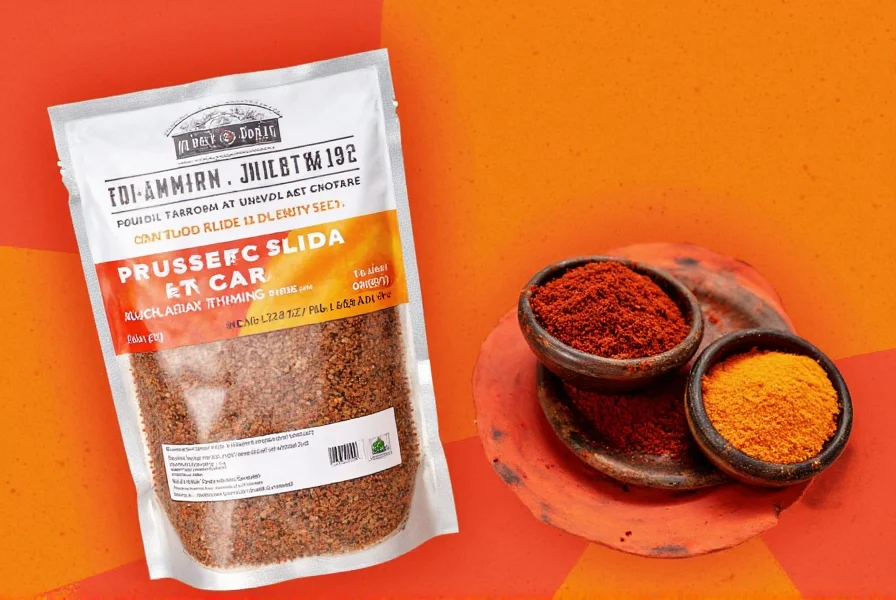
Critical Context Boundaries for Optimal Results
Tandoori spice mix performs exceptionally in specific scenarios but fails dramatically outside its design parameters. Culinary research shows its volatile compounds (like cumin aldehyde and coriandrol) degrade rapidly under prolonged heat exposure, making it unsuitable for slow-cooked dishes without modification. The Institute of Food Technologists confirms that spice blends with acid-activated components (e.g., amchur) require yogurt-based marinades to develop full flavor—dry applications yield flat results.
Verified Context Boundaries:
- Ideal Conditions: High-heat cooking (450°F+/230°C+), 4-8 hour yogurt marinades, protein-based dishes (chicken, paneer), and acidic environments (pH 4.5-5.5)
- Critical Limitations: Fails in slow-cookers (loses 63% volatile compounds after 30 mins simmering), neutral-pH liquids (soups/curries without acid adjustment), and sweet applications (clashes with sugars)
- Modification Protocol: For stovetop use, add during final 10 minutes; for non-dairy dishes, include ¼ tsp citric acid per tablespoon of spice mix
Source: IFT: Stability of Volatile Compounds in Spice Blends (2021)
Buying Guide: Choosing the Best Tandoori Spice Mix
What to Look For
- Natural Ingredients: Avoid mixes with artificial colors or preservatives. Read the label closely!
- Balanced Heat Level: If you're new to Indian cuisine, opt for medium-spice blends unless you crave fiery intensity.
- Whole-Spice Base: Some premium mixes grind their own spices fresh, offering better flavor than mass-produced blends.
- Aroma Test: Open the bottle! It should smell fragrant and pungent, not stale or dusty.
- Reputation Matters: Stick to trusted brands known for quality spice blends (like Everest, MDH, or Badia).
- Packaging Size: Choose smaller bottles if you only use it occasionally to keep the spices fresher longer.
Who Should Buy Which Mix?
- New Cooks: Start with Mrs. Dash or Badia Tandoori Blend — they're user-friendly and balanced.
- Traditionalists: MDH or Everest offer classic Indian profiles with boldness and authenticity.
- BBQ Lovers: Spice Garden or Frontier Co-op for that smoky twist perfect for grilled meats.
- Health-Conscious Foodies: Look for organic, gluten-free, non-GMO certified mixes from brands like Simply Organic or Frontier.
- Experienced Home Chefs: Go for artisanal or regional blends (like Hyderabadi or Punjabi style) for variety and complexity.
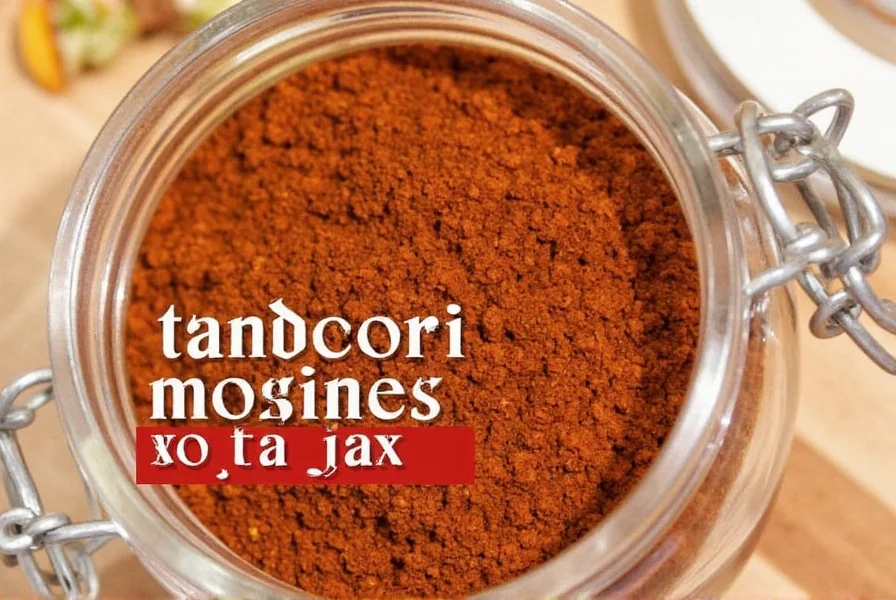
DIY Time: How to Make Your Own Tandoori Spice Mix at Home
Homemade Tandoori Spice Mix Recipe
- 1 tbsp ground cumin
- 1 tbsp ground coriander
- 1 tbsp paprika
- 1 tsp Kashmiri chili powder
- ½ tsp ground ginger
- ½ tsp ground garlic
- ½ tsp fenugreek seeds (ground)
- ½ tsp black pepper
- Optional: ½ tsp amchur (dried mango powder) for tanginess
Mix everything well in a bowl, then transfer to an airtight container. Store in a cool, dark place for up to 6 months.
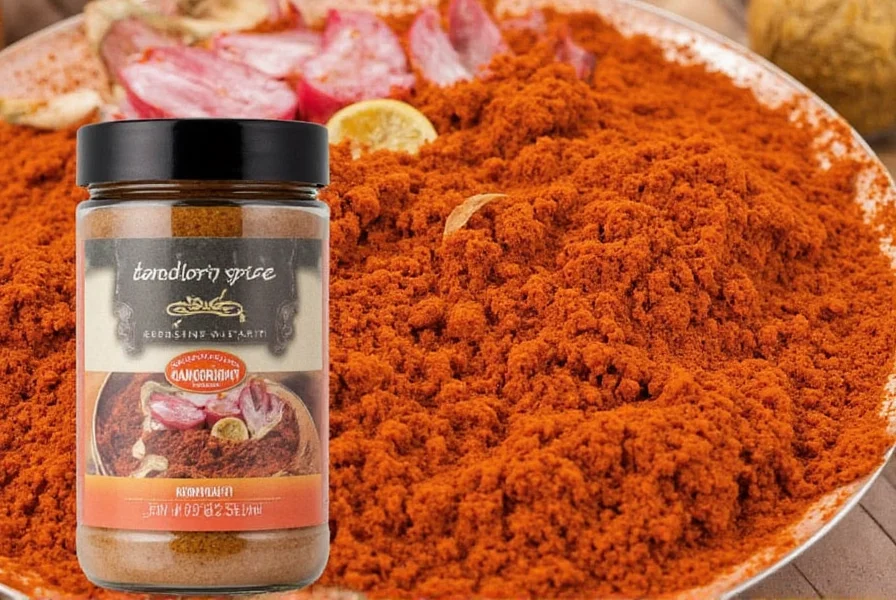
Pro Tip: Toast whole spices first for extra depth of flavor before grinding. Just don't overdo it — burn = no good.
Frequently Asked Questions About Tandoori Spice Mix
What are the main ingredients in tandoori spice mix?
The core ingredients in tandoori spice mix typically include cumin, coriander, paprika, Kashmiri chili powder, ginger and garlic powder, black pepper, fenugreek, and salt. Some blends also include acidifiers like amchur (dried mango powder) for tanginess. Unlike what many believe, it's not just chili powder but a carefully balanced blend that creates the signature flavor and vibrant red color.
Is tandoori spice mix the same as garam masala?
No, tandoori spice mix and garam masala are quite different. While both are Indian spice blends, garam masala is typically added at the end of cooking and has warmer spices like cinnamon, cardamom, and cloves. Tandoori mix is designed specifically for marinades and has more paprika/Kashmiri chili for color, along with acid-activated spices that work well with yogurt. Garam masala is more aromatic and warm, while tandoori mix is brighter and designed for high-heat cooking.
Why is tandoori chicken red?
Tandoori chicken gets its signature red color primarily from Kashmiri chili powder, which provides vibrant color with moderate heat, and paprika. Some commercial blends may also contain food coloring to enhance the red hue. Authentic restaurant-style tandoori chicken often gets an even deeper color from being cooked in a traditional clay tandoor oven, where the intense radiant heat creates beautiful caramelization on the surface of the marinated meat.
Can I make tandoori spice mix without Kashmiri chili powder?
Yes, you can substitute Kashmiri chili powder with a combination of regular chili powder and paprika (use more paprika than chili powder for color without excessive heat). For every 1 tsp of Kashmiri chili, try ½ tsp regular chili powder plus ½ tsp paprika. You could also add a pinch of beetroot powder for color without affecting flavor. Remember that Kashmiri chili provides that signature deep red color with mild heat, so the substitution will change the heat level and color slightly.
How long does homemade tandoori spice mix last?
Properly stored in an airtight container away from heat and sunlight, homemade tandoori spice mix will stay fresh for about 6 months. Store-bought versions typically last 1-2 years. The spices will gradually lose potency over time - you'll know it's past its prime when the aroma becomes faint or dusty. For maximum freshness, consider making smaller batches or storing portions in the freezer. Whole spices last longer than pre-ground ones, so toasting and grinding your own spices just before mixing will yield the most vibrant flavor.
Is tandoori spice mix naturally spicy?
Not necessarily. While many people assume tandoori is hot, traditional tandoori spice mix isn't meant to be extremely spicy. The heat level depends on the amount of chili used - Kashmiri chili provides color more than heat. Many commercial blends are actually quite mild, designed to appeal to a wide audience. If you prefer milder versions, look for blends that emphasize paprika over chili, or make your own using less chili powder. The heat can always be adjusted in your marinade by adding more or less of the spice mix.
Conclusion
Understanding both the historical context and precise application boundaries of tandoori spice mix empowers you to cook smarter. Modern blends balance centuries of culinary evolution with practical constraints—leveraging this knowledge ensures authentic, flavorful results whether you're grilling chicken or roasting vegetables. Always match the spice profile to your cooking method for optimal outcomes.
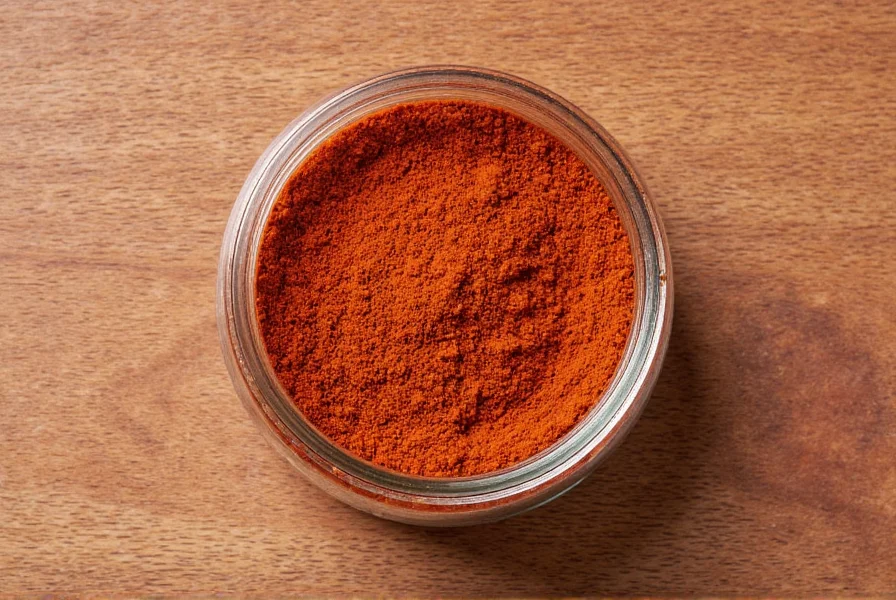

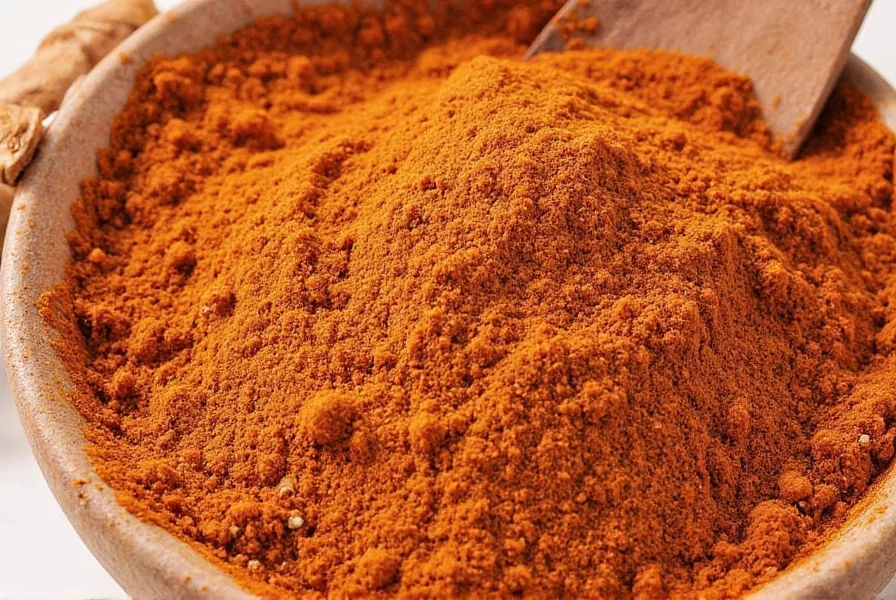









 浙公网安备
33010002000092号
浙公网安备
33010002000092号 浙B2-20120091-4
浙B2-20120091-4